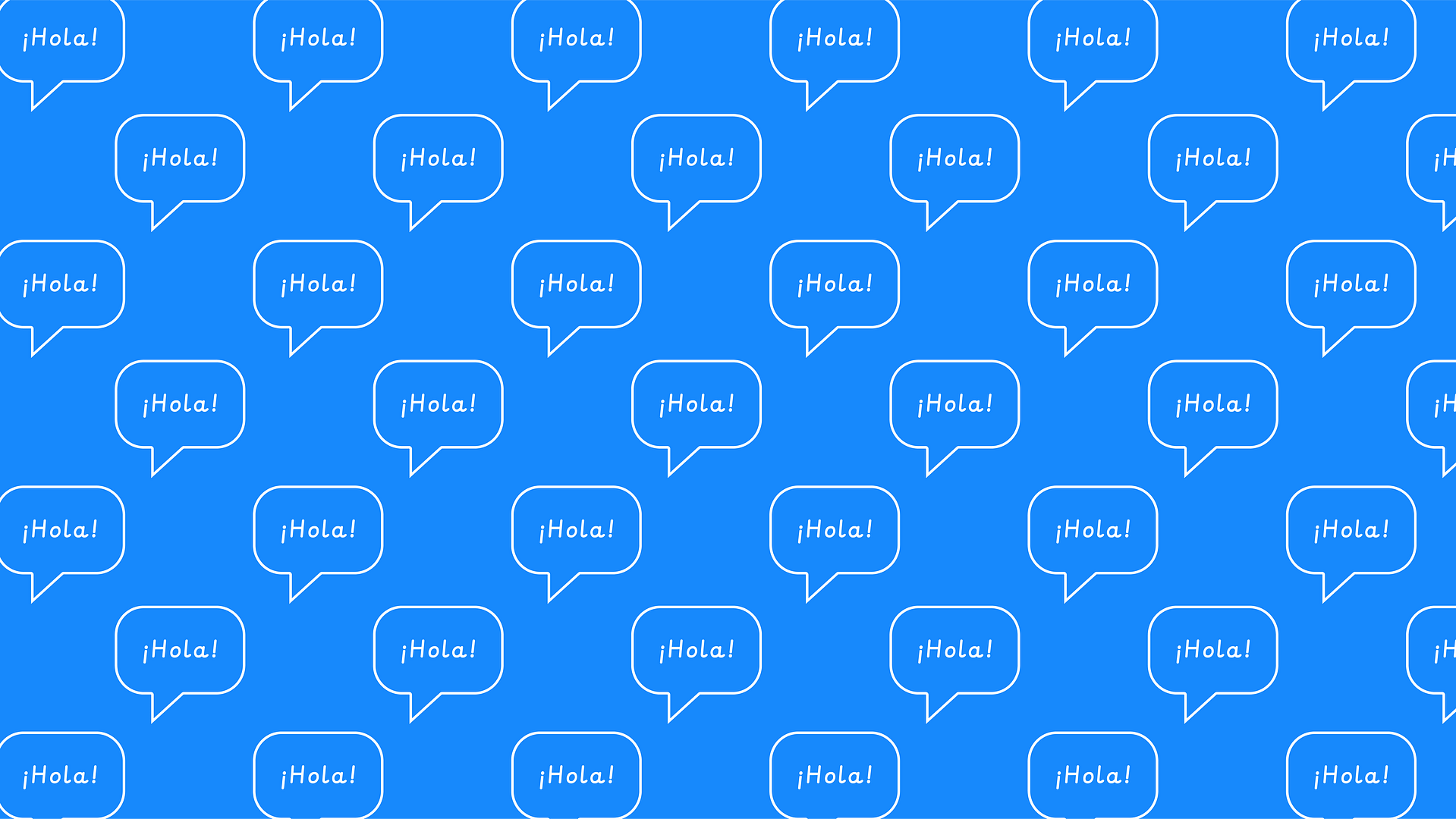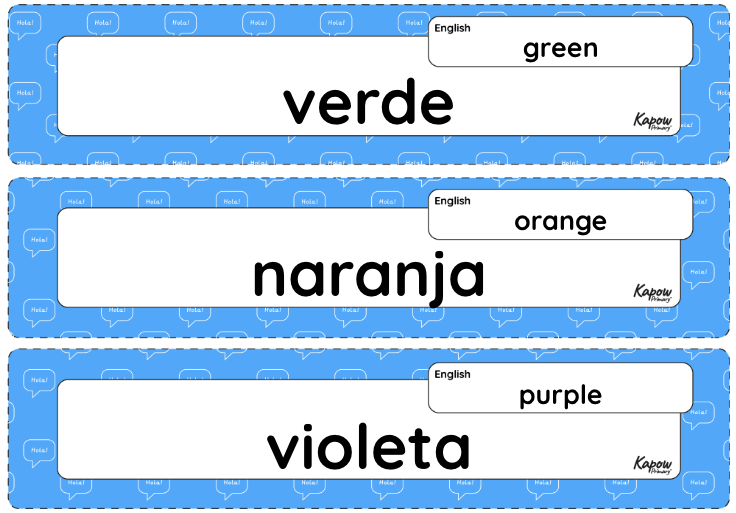Unit 3: Shapes and colours in Spanish
Use this unit hub to inform your medium-term plan and navigate to related resources.
The Curriculum and Assessment Review final report has been released. We’re reviewing the recommendations and planning for future updates. Learn more
- Subjects >
- Spanish >
- Key stage 2 >
- Year 3 >
-
Unit 3: Shapes and colours in Spanish
Unit outcomes
Pupils who are secure will be able to:
- Point to a colour that matches a spoken word.
- Say the names of some colours in Spanish.
- Read and recognise descriptive phrases and match them to an image.
- Identify shapes with their name and colour in Spanish, placing the colour adjective after the noun.
- Write or copy shape and colour names with accuracy.
- Recall and produce some key vocabulary from memory.
Suggested prior learning
Unit 2: Spanish numbers and ages
Get startedLessons
Lesson 1: Colours
- To recognise and name some colours in Spanish.
Lesson 2: Describing shapes
- To begin to describe shapes using colour adjectives.
Lesson 3: Gaudí mosaics
- To create and practise descriptive phrases orally.
Lesson 4: Tile hunt
- To read and recognise descriptive phrases in Spanish.
Lesson 5: Tiles of the Alhambra
- To write a design brief using shape and colour vocabulary.
Lesson 6: Tile designs
- To create a short presentation using descriptive phrases.
Key skills
Key knowledge
Related content
Unit resources

Knowledge organiser: Spanish – Year 3 Shapes and colours
Aimed at pupils, a single page document that gives key facts and definitions from the unit 'Unit 3: Shapes and…

Vocabulary display: Shapes and colours in Spanish
A display version of the vocabulary from the unit 'Shapes and colours in Spanish'.

Translations: Shapes and colours
Translations of key texts and transcripts from resources in this unit.
Cross-curricular opportunities
Mathematics: Geometry – properties of shapes: Compare and sort common 2-D and 3-D shapes and everyday objects.
Art and design: Great artists, architects and designers in history; Develop a wide range of art and design techniques in using colour, pattern, texture, line, shape, form and space.
Physical education: Take part in outdoor and adventurous activity challenges both individually and within a team.
Design and technology: Use research and develop design criteria to inform the design of innovative, functional, appealing products that are fit for purpose, aimed at particular individuals or groups; Generate, develop, model and communicate their ideas through discussion, annotated sketches, cross-sectional and exploded diagrams, prototypes, pattern pieces and computer-aided design.

